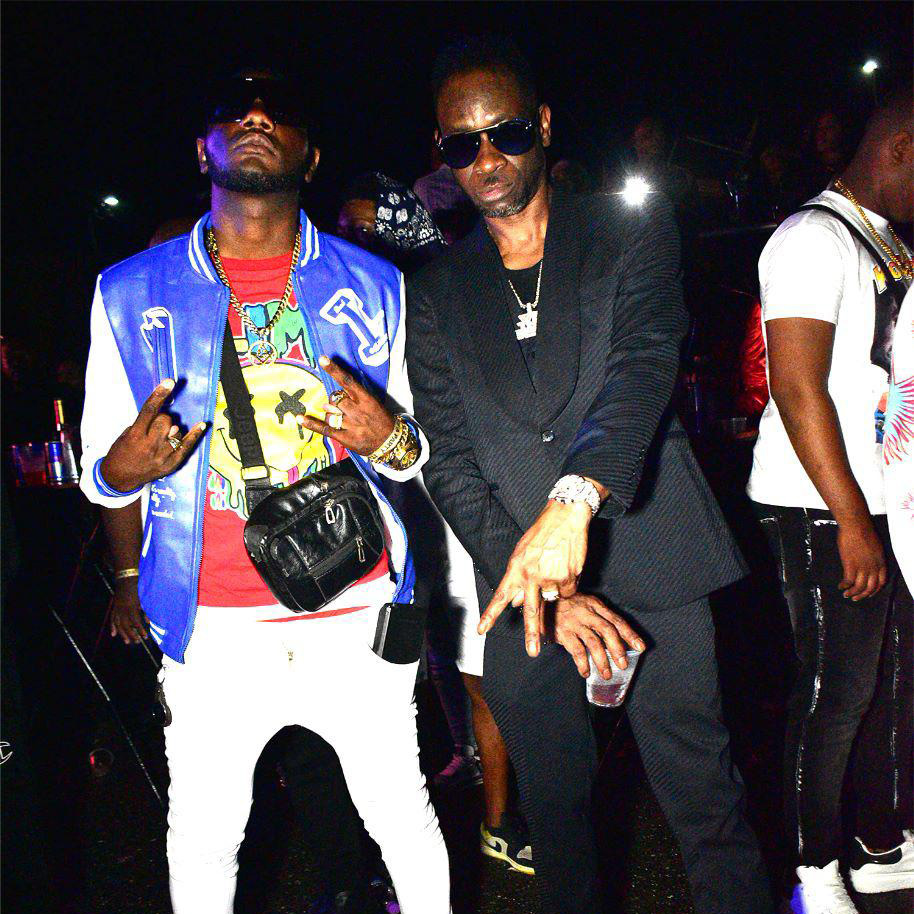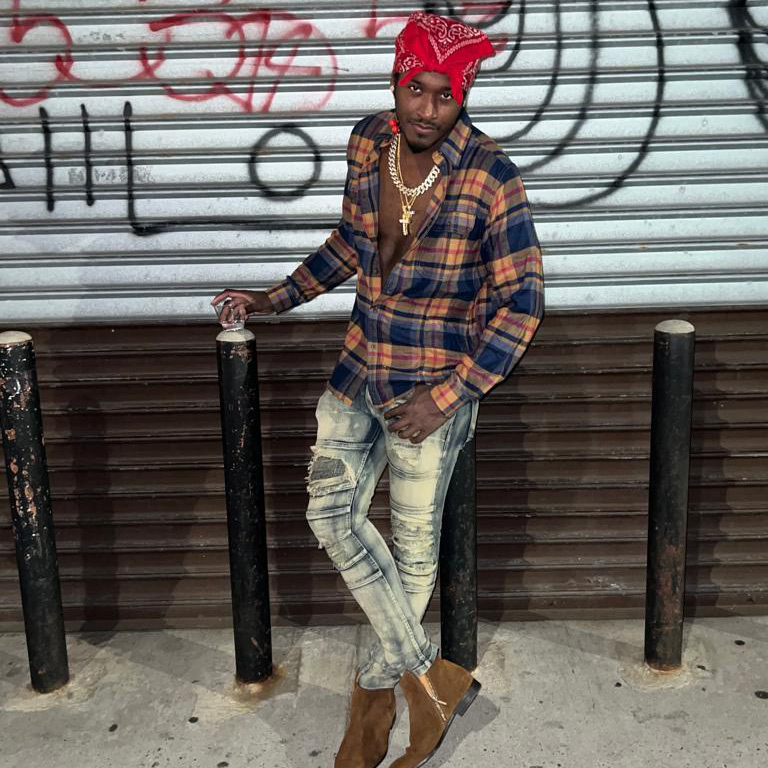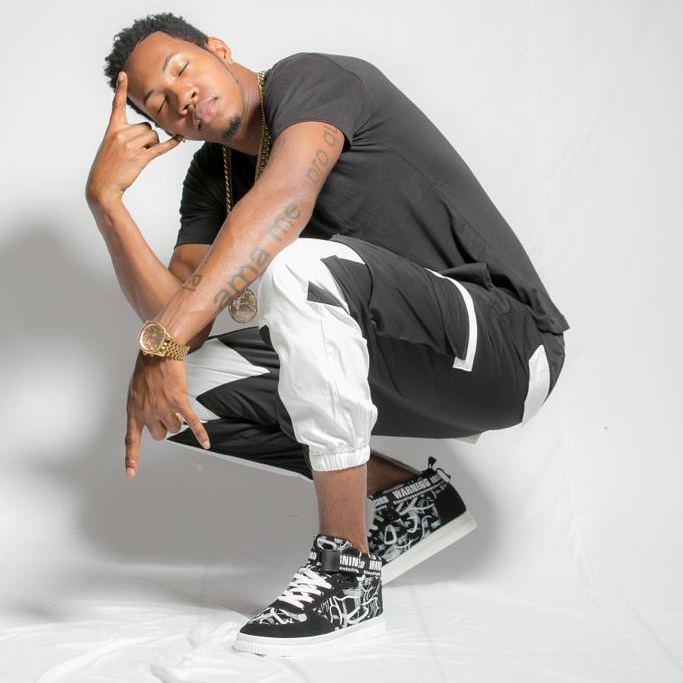August 1, 1834 marked a special day for Africans in British colonies as it was the day they received freedom from slavery. In Jamaica, the Emancipation Declaration was read from the steps of the Old Kings House in Spanish Town, St Catherine, the country’s capital at the time.
The bill for the abolition of slavery in the British colonies received the royal assent on August 28,1838. It stated:
Be it enacted, that all and every one of the persons who on the first day of August one thousand eight hundred and thirty four, shall be holden in slavery within such British colony as aforesaid, shall, upon and from and after the said first day of August, one thousand eight hundred and thirty-four, become and be to all intents and purposes free and discharged from all manner of slavery, and shall be absolutely and forever manumitted.
The passage of this bill in the British Parliament in England enabled approximately 311,000 enslaved Africans in Jamaica and hundreds of thousands more across the colonies the freedom for which many of their predecessors had fought and died. However, the Africans did not receive full freedom until four years later, as all slaves over six years old were subjected to a mandatory six-year period of apprenticeship. The ex-slaves would work – without pay – for their former masters for three-quarters of the week (40 hours), in exchange for lodging, food, clothing. medical attendance and grounds on which they could grow their own provisions. They could also, if they chose, hire themselves out for additional wages during the remaining quarter of the week. With this money, an ex-slave could then buy his freedom.
Emancipation Day was officially introduced as a public holiday in Jamaica in 1893. The ‘First of August’ celebrations, however, were discontinued in 1962, when Jamaica gained independence. It was replaced by Independence Day, then observed on the first Monday in August. Emancipation Day was re-instituted in 1997 by then Prime Minister PJ Patterson as a national holiday celebrated on August 1. Independence Day was also fixed at August 6.
How we Celebrate Emancipation Day
According to Emancipationpark.com, On midnight of July 31, 1838 it was reported with great pride that many slaves journeyed to the hilltops to greet the sunrise of Friday, August 1, 1838 that symbolized a new beginning in their lives. When morning broke, large congregations joined in thanksgiving services held in several chapels and churches across the island.
Today, Jamaicans continue to celebrate Emancipation Day through the reenactment of the reading of the Emancipation Declaration in town centres particularly, Spanish Town, St. Catherine which was the seat of Parliament when the Emancipation Act was passed in 1838. The day is also widely observed as a national public holiday when all schools and public buildings are closed.






Comment